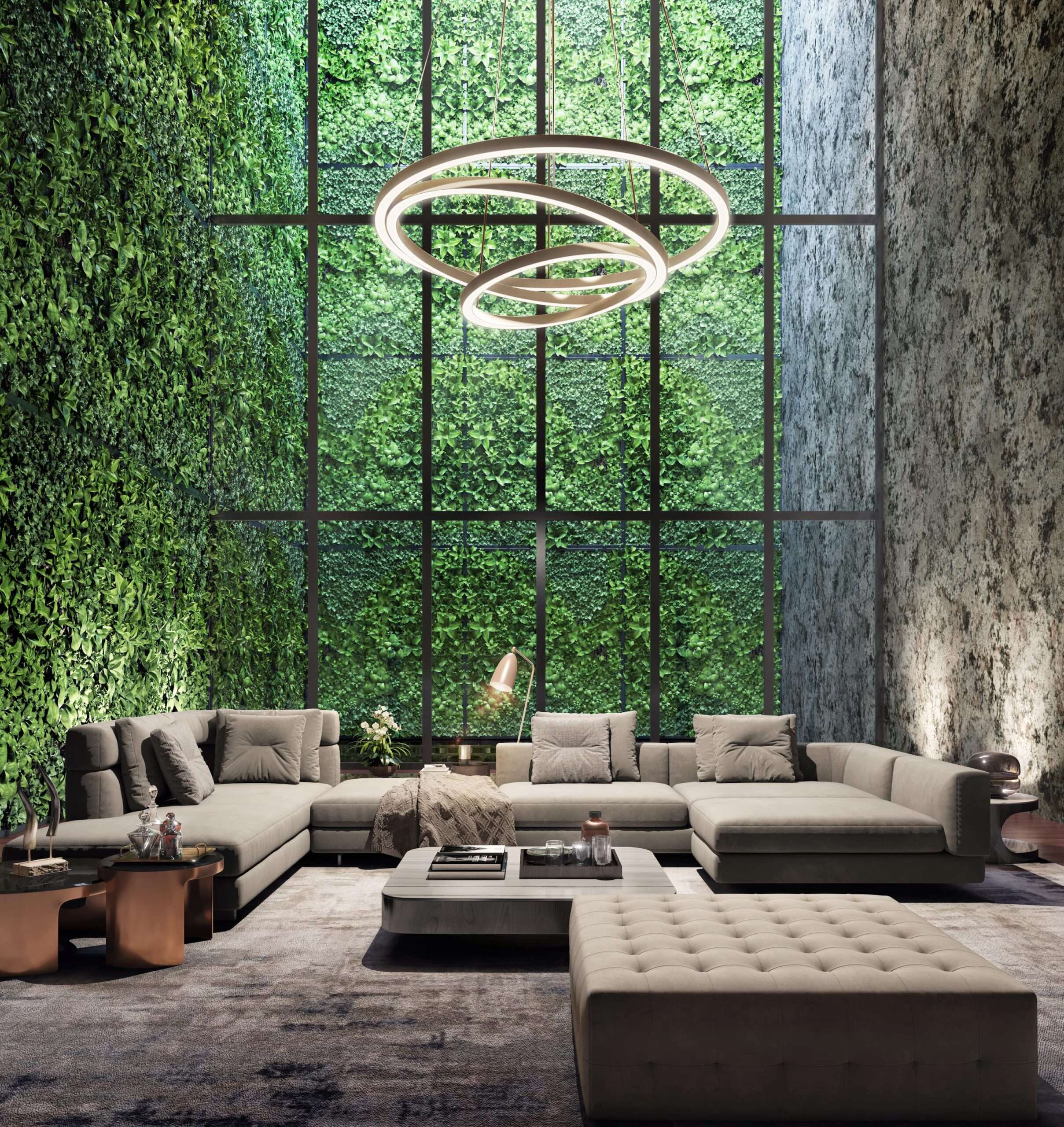Animation and rendering technology amplify the visual impact of photographs, strengthen realism in architectural concepts, and even help marketers to promote their products. With the help of 3D rendering product design, brands can produce high-resolution and realistic images and videos of their products.
Ultimately, such detailed photos or cinematic videos can be utilized in various contexts, including product web pages, promotional materials, and social media. Product visualization techniques can also be used to offer interactive customer experiences, such as 360-degree product views or AR experiences.
A Step-by-Step Guide to Visualized Product Rendering
Basic Understanding of 3D Product Rendering
3D rendering in design (also known as 3D product modeling) is a digital process that includes making realistic and three-dimensional renderings of objects using specialized software and computerized visuals.
Designers and artists often use this approach in different sectors, including product design, marketing, advertising, and e-commerce, to efficiently communicate things before they are physically made or produced. In addition, the virtual representations of products accurately duplicate the shape, materials, textures, colors, and lighting conditions of the objects.
Exploring the Process of 3D Product Rendering
From constructing the first 3D model to generating the final realistic visuals, the process of 3D rendering product design entails various steps. The following is a step-by-step guide of the typical rendering process:
1. Conceptualization and Ideation
In the beginning, designers start by brainstorming and creating concepts for the product\’s design, taking into consideration the unique characteristics and features. Moreover, sketches, mood boards, and rough models are created to explore different design ideas.
2. 3D Modeling
After the brainstorming phase, a digital 3D model of the product is developed by specifying its geometry, proportions, and measurements. Designers have the option to begin from scratch or use existing CAD software for product design.
3. Materials and Textures
It is necessary to communicate accurate looks of the product by applying realistic materials and textures to the 3D model. This method involves imitating materials such as wood, metal, glass, and cloth, as well as other features like imperfections in the surface, glossiness, and patterns.
4. Lighting Conditions
For developing immersive shadows, reflections, and highlights on the virtual product, proper lighting setup is required. Therefore, to present products from various angles and situations, numerous lighting settings are created.
5. Rendering
The process of creating final 2D pictures or animations from a 3D model is known as rendering. In order to produce realistic visual effects, the rendering process involves complex computations of the model, lighting conditions and other elements that interact with the end product.
6. Post-Processing
For enhancing the characteristics of the final product, extra touch-ups are frequently made after the rendering process. Colors, contrast, and backgrounds or context may be added to the 2D pictures using photo editing softwares.
How Can 3D Rendering Enhance Product Design?
Visualization and 3D rendering provide several benefits in the product design process, revolutionizing how things are imagined, created, and presented. Here are some of the major benefits of virtual product development:
1. Realistic Visualization
Brands can create more realistic and detailed representations of their items with 3D product rendering. Customers can assess the product\’s look, features, and functioning with incredible precision even before the actual product is created.
2. Cost and Time Savings
Traditional product photography can be costly and time-consuming as it requires set-up, lighting, and post-production efforts. 3D rendering reduces the need for realistic physical prototypes and photography setups, which ultimately reduces money and time.
3. Flexibility
Color, texture, material, or product configuration changes can be applied to the 3D model quickly and efficiently using 3D rendering. This allows rapid adjustments and customization based on client preferences early in the design phase itself.
4. Showcasing Features
Complex or internal product aspects that are difficult to represent with standard photography can be successfully highlighted using 3D rendering. This is especially useful for devices that have complex systems or inner workings.
5. Marketing and Presentation
Brands can create marketing materials such as photos and videos using 3D rendering, before the real product is created. This enables early marketing initiatives to induce interest within customers and even get feedback from potential clients.
6. Global Collaboration
3D rendering data can be freely shared digitally, allowing teams and stakeholders to collaborate regardless of their physical location. This is especially beneficial for multinational projects or remote teams.
7. Reduced Environmental Impact
As the need for physical prototypes and repeated photoshoots are removed, the environmental effect caused due to excessive material usage, transportation, and energy consumption is decreased.
Final Words
The importance of product rendering visualization cannot be overstated. This technology breaks through conventional constraints, allowing brands to produce, present, and advertise products with unparalleled realism, flexibility, and efficiency.
In the modern era of innovation and creativity, 3D rendering product design is a must for any design-driven brand. It has emerged as a game changer in the field of product design, providing unparalleled benefits. As technology advances, 3D rendering opportunities are projected to extend even further, revolutionizing the way things are imagined, created, and presented to end users and the market.

